Courgette (Zucchini) Farming in Kenya
Courgette, also known as Zucchini categorized in the summer squash family, is a close relative of the cucumber, with origins traced back to North America. In some areas, you might find courgettes spelled or pronounced as “gojet”.
Harvested before it fully matures, courgettes are used in spiced or salted dishes since they do not have much flavour by their own. Fully grown courgettes are called the marrow. In South Africa, courgettes are known as baby marrow.
The flowers, leaves, and fruit of the courgette plant are edible and are used to prepare different recipes.
Health Benefits of courgettes
Incorporating courgettes in your diet help reduce your blood sugar levels and increase insulin sensitivity. This can lower your risk of developing diabetes. Low levels of sodium and high potassium helps you maintain healthy blood pressure.
Courgette is also known to be rich in antioxidants and anti-inflammatory compounds which boost immunity and help protect against diseases associated with inflammation. If you wish to reduce your body weight, the courgette has high water and fiber content but low in calories.
Zeaxanthin and lutein, compounds found in your courgette are useful in maintaining and improving eye health by fighting free radicals. Placing slices of raw courgettes over the eyes treats puffy eyes.
Regular consumption of courgettes helps prevent ulcers and colon cancer. It also improves digestion. It contains magnesium which reduces the risk of heart attack and stroke.
Varieties of courgettes grown in Kenya
Some varieties grown in Kenya include Simba F1, Black beauty, Ambassador F1 Green Zucchini, and others.
Ecological Requirements for courgettes
You can grow your courgettes at altitudes of 500-2000 above sea level. They require a temperature of 15-22oC. During the vegetative growth period, an optimum water supply of 800 mm would suffice the plants. Irrigation is recommended in case you want to grow in dry areas.
Land preparation for growing courgettes
You need to prepare your land by digging to loosen the soil. If you want to increase your yield, add organic fertilizers and mix well. Create mounds of about 10 inches high, up to 2 feet in diameter. The spacing between mounds should be about 4 feet apart. You can plant six seeds per mount. Ensure even spacing. Cover the seeds with loose soil.
Nursery preparation for courgettes
In Kenya, direct sowing in the field works well. However, courgettes can be grown in a seedbed with maximum supervision. Seeds germinate within 5-7 days. Plant the seeds in loose soil, ensuring that the soil is well-drained.
Transplanting courgettes
You should transplant your courgettes at 3 to 4 leaf stage. If you want quality produce, mix the soil with DAP or manure. Prepare your land 2-3 months before planting. Mulch your crops to retain soil moisture and keep the fruits clean. You need to remember that courgettes are not tolerant of humidity. It is therefore recommended to plant in full sun.
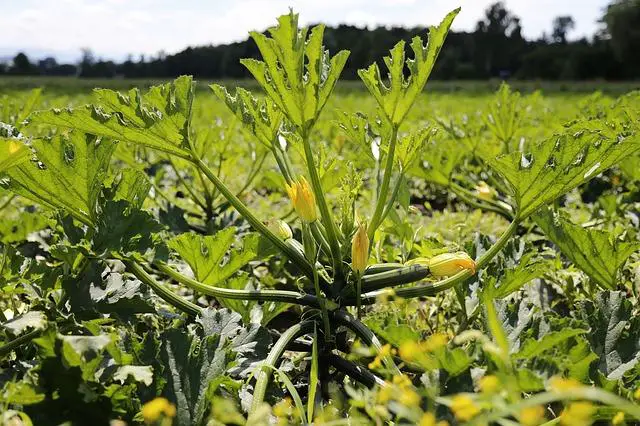
Irrigation Requirements for growing courgettes
If you want to grow courgettes successfully, the soil should be kept moist from planting to flowering and fruit stages. Ensure a source of water for irrigation if you plan to plant in places with little rainfall.
You are advised to water your crops daily if you want to have a good reap.
Diseases affecting courgettes
Anthracnose is the most destructive disease in cucurbits. Your courgettes may be affected by similar diseases as other cucurbits. Other fungal diseases that mainly affect stems and leaves may include scab, downy mildew, powdery mildew, and mosaic.
- Anthracnose– This infection causes lesions and deflorations on the fruits. Lesions may also appear on stems of affected seedlings near the ground. You may notice spots on the leaves which first appear yellow then turn brown and enlarges. Affected leaves may eventually dry. The spots are elongated on the vines, and this may kill it. Fruits, the spots are circular, sunken and black. Early signs of attack usually appear on fruits. When wet, they form a mass of fungal spores which gives the spot a salmon color. The fungus is also seed-borne. It is known to survive in weeds and crop debris. To avoid this infection, you are advised to practice crop rotation or use resistant varieties.
- Downy mildew– Infected plants display yellow patches on leaves. When they attack your plants, they get stunted, turn brown and may eventually dry. If your crop produces fruits, they may have a poor taste.
- Powdery mildew– symptoms of this disease first develop on the upper leaf surface. You may see a powdery growth that appears whitish because it is composed of fungal spore mass. It may extend to the lower surface of the leaf. If the infection persists, the leaves become brittle and dry. Powdery mildew fungus is usually influenced by humidity, temperature and plant age. The fungi reproduce under dry conditions. In order to avoid this, you need a spray with Sulphur based fungi or use resistant varieties.
Pests affecting courgettes
Similar pests may infest your courgettes grown in Kenya as other cucurbits as they belong to the same family of Cucurbitaceae. The pests include;
- Aphids- You may notice colonies of green to blackish aphids on your crop. They are familiar with cucurbits and usually suck sap. They appear on the lower surface of the leaf. Your plants will exhibit stunted growth and curled leaves when aphids attack. They excrete honeydew which forms a sooty mold. You need to use a reflective mulch that repels the aphids if you want to eradicate this pest. You are also advised to plant barrier crops.
- Cutworms- These are brown pests found in the plant root zone. They are known for destroying tender shoots.
- Epilachna beetles- They feed on leaves. You will notice fine nets of veins on the leaves when they attack. Massive infestation can cause significant losses
- Red spider mites- This parasite feeds by sucking the leaves of your plant. Attacked leaves turn yellowish and may eventually dry up. Typically, webs are visible on the underside of the leaves. Water stressed plants are more susceptible to attacks.
Weed Control
Regular weeding of your crops is necessary. Proper land preparation is essential to avoid malignant weeds. You can spray your farm with an effective herbicide that kills all types of weeds.
Intercropping courgettes
In Kenya, mono-cropping is mostly recommended for commercial production. However, you can intercrop with legumes and cereals.
Harvest and Post-Harvest
Your fruits are ready to harvest after about 2 to 3 months. In Kenya, you will know its time for harvest when the fruits are 10-20 cm long. Harvesting is done by hand.
You have to cut the fruits off the stem, leaving a short peduncle on the fruit. Regular picking, about three times a week, may continue for about two months.

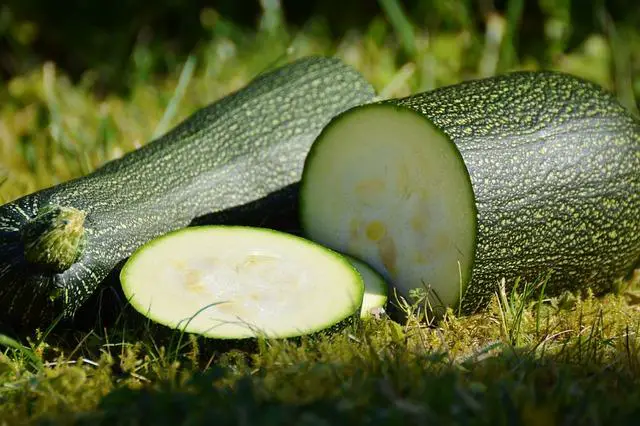
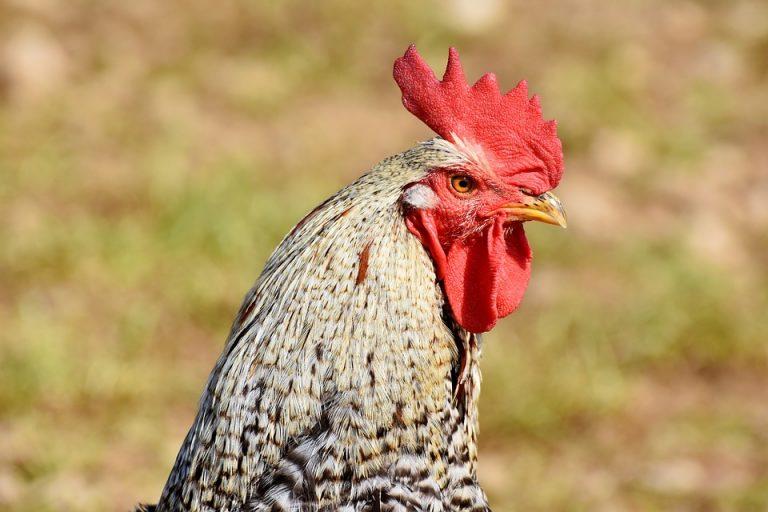
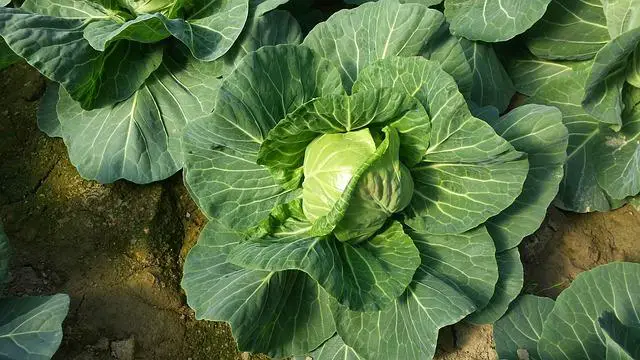
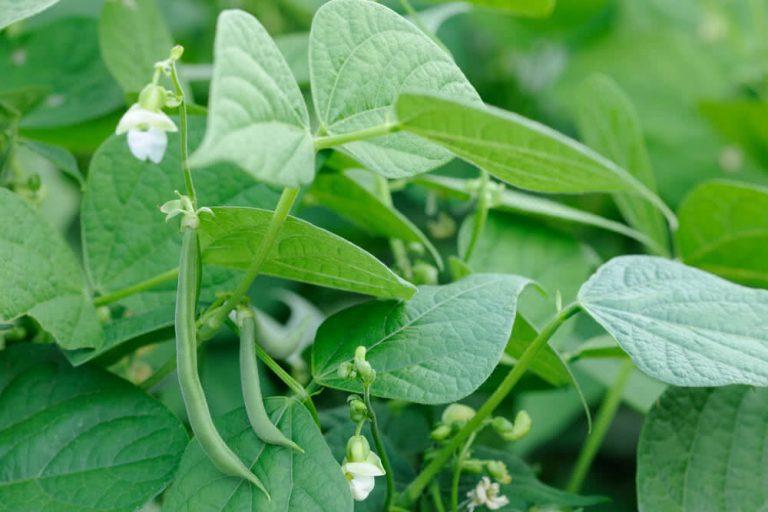
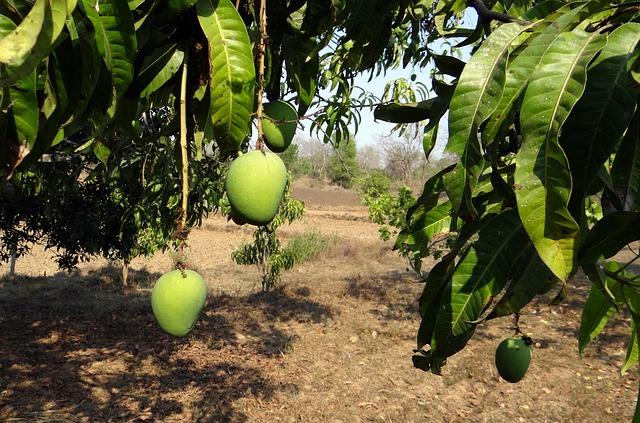
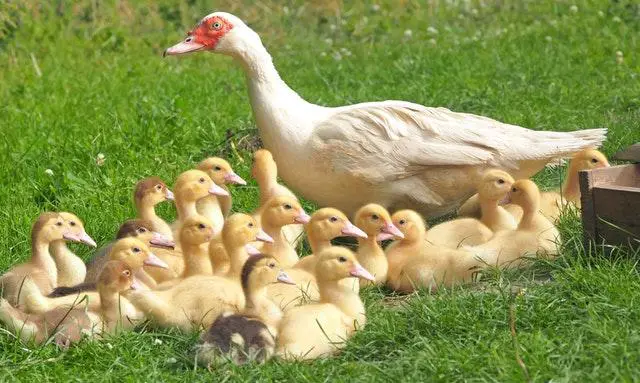
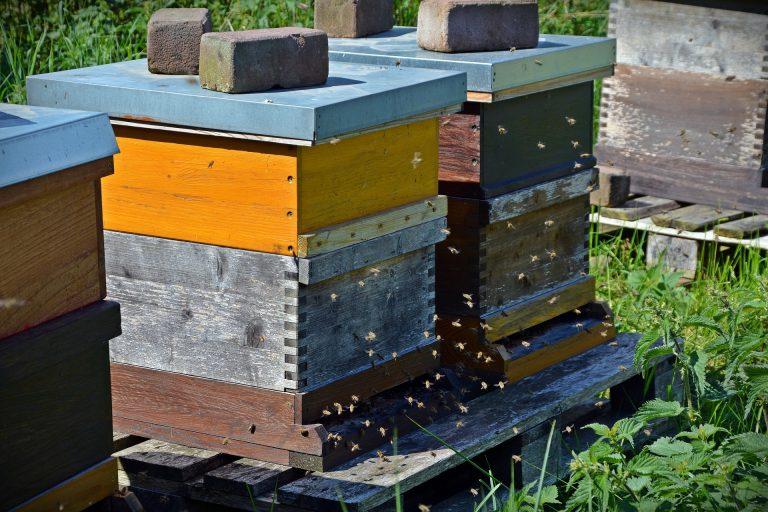
Good Message. I will…
Good Message. I will practice and update the results. Regards.